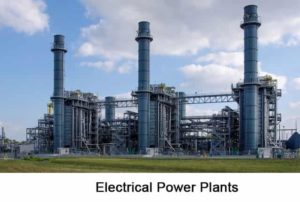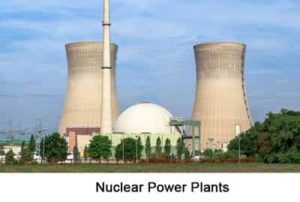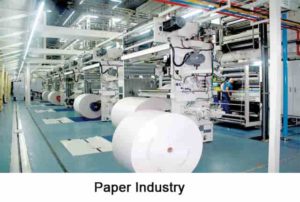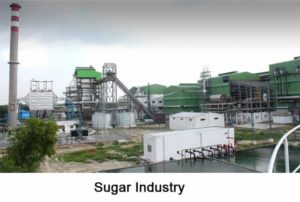FAQ
Home/FAQ
Forging is a major technique used since the Mesopotamian time to shape metals by using a restricted and comprehensive force. But with the advancement of technology and with progression, this method has undergone certain noticeable changes which have made it quicker, an easily accessible and long-lasting process because of the modern tools being used.
The process through which a piece is disfigured to turn it into the preferred geometrical form under tremendous compressive forces is known as metal forging. In comparison to other metal manufacturing procedures, this method has proved to be the most effective one and it delivers the strongest parts which is just not limited to iron or steel but is applicable for other metals as well.
Out of so many forging processes available in the market, it can be clubbed into three main categories. They are described as follows- 1) Upset is where the cross-section increases while the length decreases, 2) Drawn-out is the type where the Cross-section decreases but the length increases and 3) The flow unfurls in a multi-directional way as the metal is squeezed in closed dies.
One of the most effective tools of forging beside a hammer is a forging press. The particular piece to be shaped is put between two dies and the machine in turn with hydraulic or electricity pressurizes and dismantles it. Unlike hammers, this tool ensures good trackability and repetitive production.
Different methods are used to manufacture the best quality metal and safeguard its strength and authentic toughness. With technology advancing every day, forging has made the process of having the desired variety of designs uncomplicated. Moreover, the products curved out of this have superior built-quality, efficient life span and are appealing.
While in the hot forging process the metal is being hardened at a very high temperature which further results in premium in-built strength and high compliance, the metals designed in cold forging technique enhance the toughness processing it at room temperature. Also, hot forging enables a material to be deformed and designed to the best quality but many manufacturers tend to use the cold forging process at it requires almost zero finishing touches.
Carbon Steel Flange Manufacturing and Export industry in Haryana, India.
Industries We Serve







